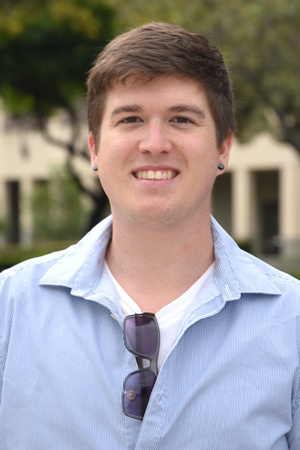Abstract: Burgeoning global energy demand coupled with continually increasing greenhouse gas emissions prompts reassessment of our entire energy infrastructure in order to mitigate climate change and ensure sustainable use for future generations. Capture and conversion of CO2 into chemical fuels can provide a convenient approach to incorporate renewable energy resources into the current energy economy using legacy infrastructure. Current approaches for CO2 capture and reduction remain inefficient however, which results in high costs that prevent their implementation.
During this presentation, efforts to increase the efficiency of electrochemical CO2 capture and reduction processes using secondary interactions will be discussed. Implementation of hydrogen-bonding interactions into a quinone-based electrochemical CO2 capture system results in significant improvements. With judicious selection of a hydrogen-bond donor, the operating potential of the system can be tuned such that operation in the presence of O2 can occur, which prevents energetic losses due to premature oxidation or decomposition pathways. With ethanol as the hydrogen-bond donor species, the system has an estimated efficiency nearly four times other state-of-the-art approaches.
In the second part of the presentation, the effects of proximal cation interactions on H+ and CO2 reduction reactions will be discussed. The synthesis, characterization, and small molecule reactivity of palladium SNS pincer complexes featuring an appended aza-crown ether functionality is reported. The crown ether moiety can bind a Group I or II metal cation, without affecting the electronics of the palladium metal center. With this system, it was observed that proton reduction is significantly hindered with increased charge of the crown ether-bound cation. As a result, increased selectivity for CO2 reduction products is observed.
Speaker:
Institution:
Location:

